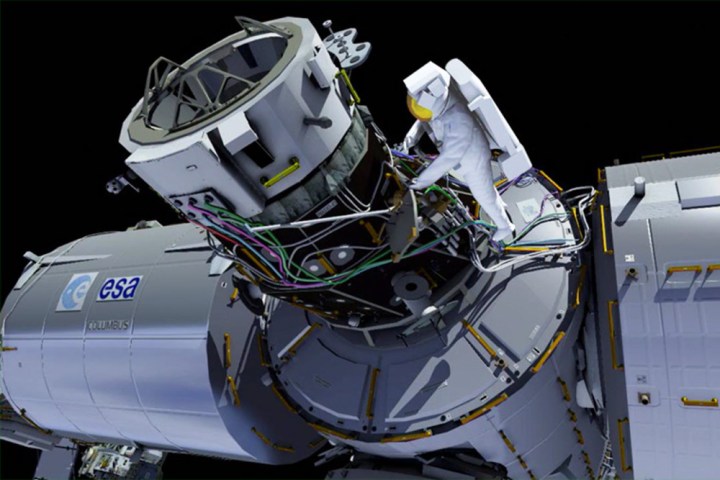
On Friday, spacewalkers Jeff Williams and Kate Rubins will start work on the installation of a new International Docking Adapter on the ISS. This component will allow crew vehicles dispatched by Boeing and SpaceX to safely dock at the station as part of NASA’s Commercial Crew Program.
The SpaceX Dragon space freighter transported the dock to the ISS, which orbits the Earth at an altitude between 205 and 270 miles. The Canadarm2 robot will soon move the component to within inches of its final resting place, at which point Williams and Rubins will be able to complete its installation manually — the process will apparently require a spacewalk lasting six and a half hours.
This is the final stage in a long, arduous process. Previous crew members aboard the ISS have already laid hundreds of feet of power and data cabling to integrate the dock into the station, according to a report from Engadget.
Once the Dragon freighter has been relieved of the dock, it will be used to transport gear from the ISS back to Earth. On August 26, it’s set to be grappled by the Canadarm2 robot and then released back toward the planet for a splashdown in the Pacific Ocean, according to NASA’s blog post detailing the operation.
NASA will live-stream the dock installation Friday via its NASA TV service. The broadcast will begin at 6.30 a.m. ET, but the spacewalk won’t get underway until 8.05 a.m.


